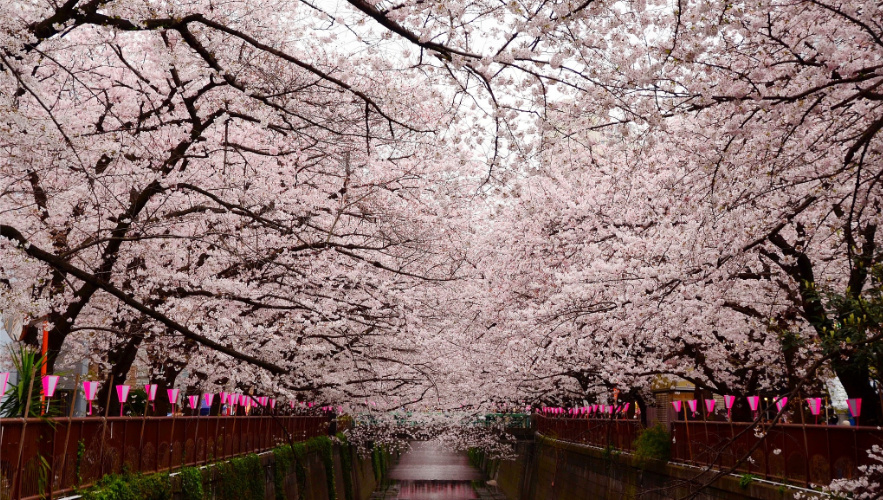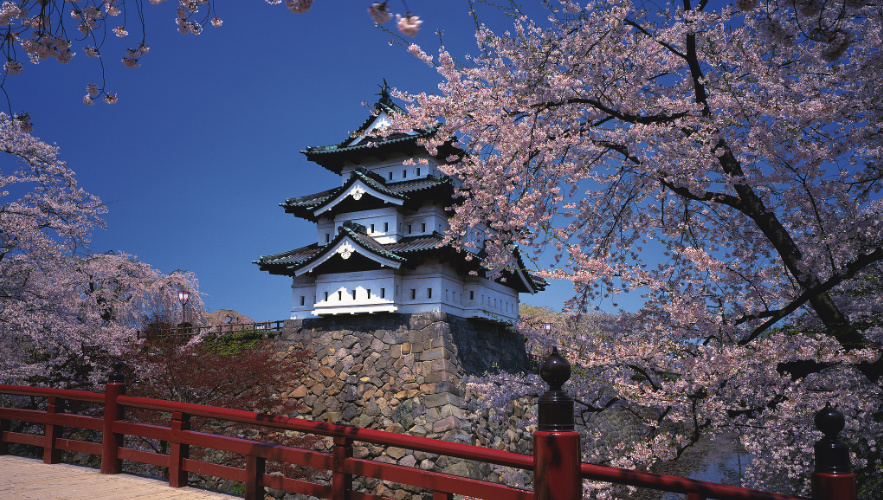Cherry blossom season–known as sakura in Japan–is one of the most anticipated times of the year for both locals and international travelers. The soft pink petals, the arrival of spring, the festive atmosphere, and the tradition of hanami (flower-viewing picnics) create an experience unlike anything else in the world. But because cherry blossoms are highly sensitive to temperature, rainfall, and seasonal patterns, they bloom at slightly different times every year. This makes the Japan cherry blossom forecast an essential resource for trip planning.
This guide provides tourists with a comprehensive look at how cherry blossom forecast work, typical bloom periods across the country, travel tips, and the best destinations fo witnessing sakura at its peak. Whether you’re planning your first spring trip to Japan or returning to chase blossoms in a new region, this article will help you prepare perfectly.
Why Cherry Blossom Forecasts Matter for Travelers
Unlike many seasonal flowers, sakura bloom for a very short time–usually only one to two weeks from first opening(kaika) to full bloom(mankai). Timing your trip well can mean the difference between seeing trees covered in vibrant pink petals or arriving just after wind and rain have carried them away.
For tourists, the cherry blossom forecast matters because:
- Bloom dates shift every year depending on winter temperatures and early-spring weather.
- Regional differences can span more than a month between northern and southern Japan.
- Peak travel demand means accommodations and transportation fill quickly around expected bloom periods.
- Some destinations have short peak windows, especially those with early-blooming or popular tree varieties.
Understanding how the forecast works, and knowing where to go during specific time windows, helps travelers enjoy their dream sakura trip with confidence.
How Cherry Blossom Forecasts Are Determined
Meteorologists in Japan track cherry blossom progression using historical data, real-time weather models, and “sample trees” located in key cities. These sample trees–often located at shrines, parks, and government sites–act as the official reference points used in cherry blossom reporting.
Forecasts consider:
1.Winter Temperature Patterns
A colder, longer winter usually delays blooming, while a mild winter often leads to early blossoms.
2.Early Spring Weather
Warm days in March can accelerate the opening, but sudden cold waves may slow or pause blooming.
3.Regional Climate Differences
Coastal vs. inland areas, altitude, and wind exposure all affect bloom timing.
4.Tree Species
Most forecasts focus on the Somei Yoshino(Yoshino cherry), the most widely planted sakura variety and the symbol of Japanese spring.
Because conditions shift yearly, the forecast is updated several times–typically starting in January and becoming more accurate by March.

If planning a trip during cherry blossom season feels complicated, we’ve got you covered. Ask us about the 10-Day Charming Japan Cherry Blossom Tour, and our travel advisors in Japan will craft a trip that suits your style — with every detail arranged for you.
Typical Bloom Timeline Across Japan
While exact dates change annually, Japan’s cherry blossoms follow a consistent south-to-north blooming pattern. Below is a general guide to help tourists plan.
Late March: Southern & Central Japan
- Tokyo
- Yokohama
- Nagoya
- Kyoto
- Osaka
- Hiroshima
- Fukuoka
These major cities usually experience first bloom from late March, with full bloom following a few days later.
Early to Mid-April: Northern Honshu
- Sendai
- Aomori
- Akita
- Niigata
Weather remains cooler longer here, pushing the bloom to early or mid-April.
Late April to Early May: Hokkaido
- Sapporo
- Hakodate
- Asahikawa
- Furano
Hokkaido’s bloom is the latest, making it an excellent destination for travelers who miss central Japan’s peak.
Mid-February to March: Early-Blooming Varieties
Some regions bloom earlier due to climate or unique cherry tree species:
- Kawazu(Shizuoka) — Kawazu-zakura bloom as early as February.
- Okinawa — The earliest sakura in Japan, often blooming in January.
These early-blooming destinations offer great options before the main season begins.
Best Cherry Blossom Spots for Tourists
Japan offers countless sakura viewing locations, but some destinations stand out for accessibility, scenery, and the density of cherry trees.
1.Tokyo: Urban Beauty Meets Tradition
Tokyo’s large parks and riverside promenades transform into pink havens in late March.
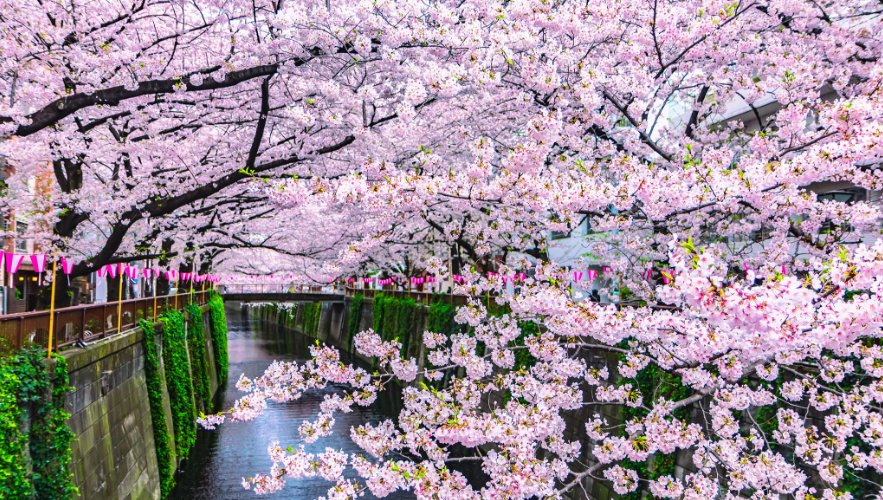
- Ueno Park: Over 1,000 sakura trees line the walkways.
- Meguro River: Illuminated cherry blossoms create iconic night views.
- Shinjuku Gyoen: A spacious garden with multpie sakura varieties and longer bloom periods.
Tokyo’s convenience makes it ideal for first-time cherry blossom travelers.
2.Kyoto: Classic Scenery and Cultural Backdrops
Kyoto blends temples, shrines, traditional architecture, and sakura perfectly.
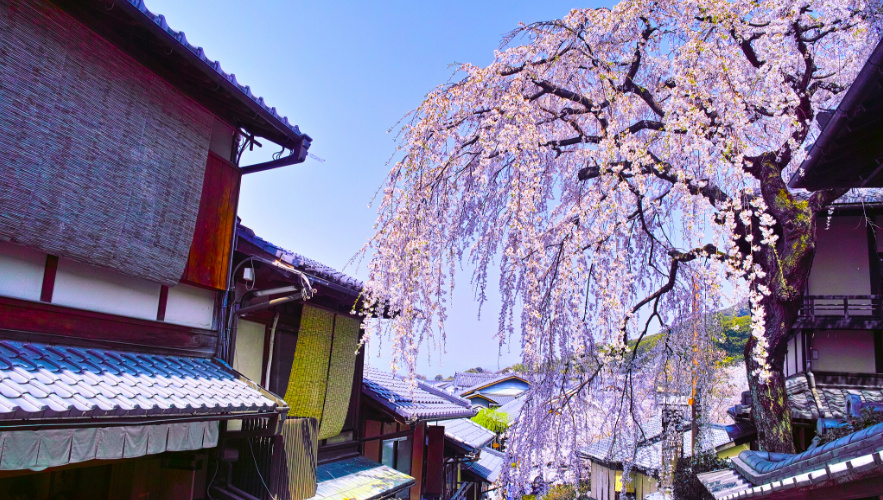
- Philosopher’s Path
- Kiyomizu-dera
- Maruyama Park
Expect large crowds, but the scenery is unmatched.
3.Osaka & Nara: Flowers and Castles
Osaka Castle Park
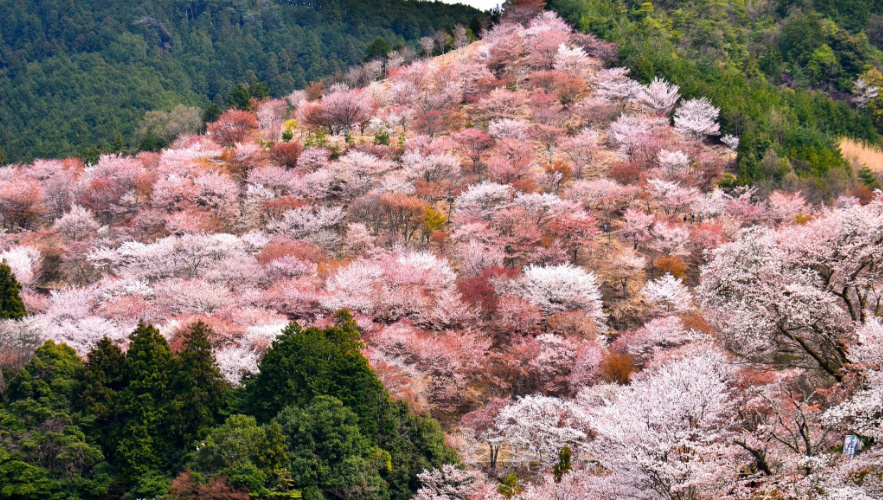
Mount Yoshino(Nara): Over 30,000 cherry trees in layered hills, one of Japan’s most spectacular sakura landscapes.
4.Hiroshima & Miyajima
Miyajima Island: Offering breathtaking views with temples, shrines, and deer roaming freely.
5.Northern Japan & Tohoku
Tohoku is less crowded and rich in natural beauty.

- Hirosaki Park(Aomori) – Renowned for castle views and petal-filled moats.
- Kitakami Tenshochi(Iwate) – A riverside tunnel of sakura trees.
6.Hokkaido
- Matsumae Park
- Maruyama Park in Sapporo
Great for late-season travelers.
Travel Tips for Cherry Blossom Season
Cherry blossom season is one of the busiest times to visit Japan. These essential tips will help you make the most of your trip.
1.Book Early
Hotels, ryokan, and popular viewing tours fill months in advance. For best availability, reserve as early as possible–ideally six to nine months before departure.
2.Be Flexible
Because bloom dates fluctuate:
- Try to stay in each major region for several days.
- Build in time for spontaneous visits to parks showing early bloom.
3.Use Multiple Regions to Your Advantage
If you arrive too early or late for Tokyo, shift your plan:
- Travel south to catch early blossoms.
- Travel north to chase later ones.
4.Check Forecast Updates Frequently
Weather agencies and travel sites update predictions regularly throughout March.
Update forecasts help you rearrange day trips and viewing plans.
5.Expect Crowds but Enjoy the Atmosphere
Cherry blossom season is beloved in Japan, and the lively atmosphere is part of the charm:
- Food stalls
- Night illuminations(yozakura)
- Temples and parks decorated for the season
It’s one of the most joyful times to experience Japanese culture.
6.Try a Cherry Blossom-Themed Food Experience
During sakura season, many cafes and shops offer:
- Sakura mochi
- Sakura-flavored ice cream
- Seasonal drinks
- Limited-edition pastries
These treats enhance the seasonal feeling and make for great travel memories.
Best Itinerary Ideas for Sakura Chasers
Here are a few sample approaches depending on your schedule.
1.Early-Season Travelers(Mid-Late March)
- Tokyo
- Kyoto
- Osaka
- Hiroshima
2.Mid-Season Travelers(Late March-Early April)
Tokyo
Kanazawa
Nagano
Tohoku(Sendai)
3.Late-Season Travelers(Mid-April–Early May)
- Tohoku
- Hokkaido
Combining two or three regions gives you the highest chance of catching full bloom.
Why Cherry Blossom Season Is Special for Tourists
Sakura are more than just flowers–they represent renewal, beauty, and the fleeting nature of time. For tourists:
- Every park becomes a postcard scene.
- Japanese cultural traditionals feel more alive during sakura season.
- Weather is comfortable, ideal for outdoor exploring.
- Photography opportunities are endless, from temples to city rivers.
Cherry blossom season encapsulates the spirit of Japan’s spring and remains a bucket-list travel moment for visitors around the world.
The cherry blossom forecast is one of the most useful tools for planning a spring trip to Japan. While bloom dates shift slightly every year, understanding the typical seasonal pattern–and knowing which regions bloom when–dramatically increases your chances of witnessing Japan’s iconic sakura at their best.
By booking early, staying flexible, monitoring forecast updates, and mixing destinations, you can create a memorable sakura adventure that captures the magic of Japanese spring. Whether you dream of temple-lined petals in Kyoto, pink riversides in Tokyo, or castle reflections in northern Japan, the forecast will guide you to the perfect place at the perfecy moment.

